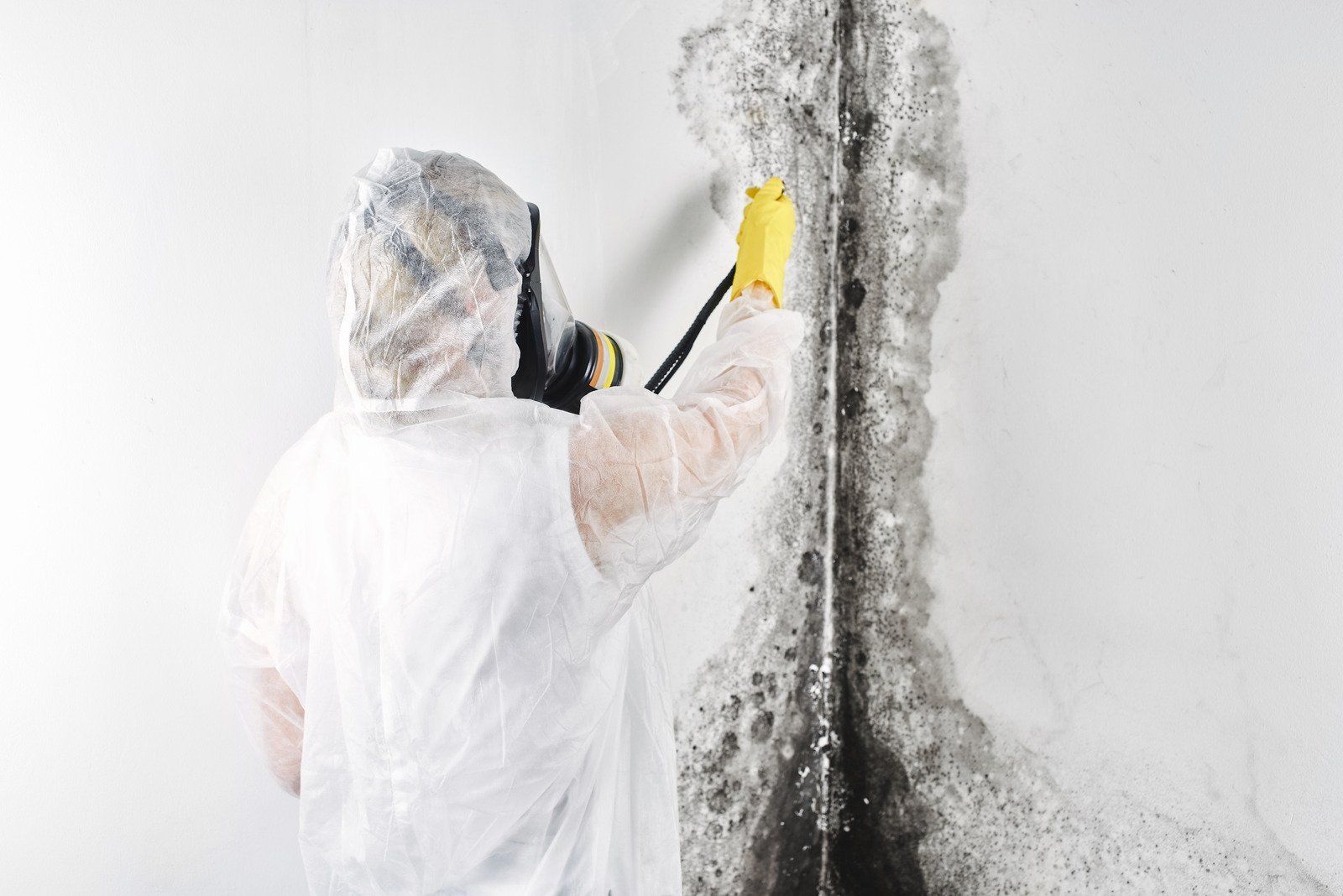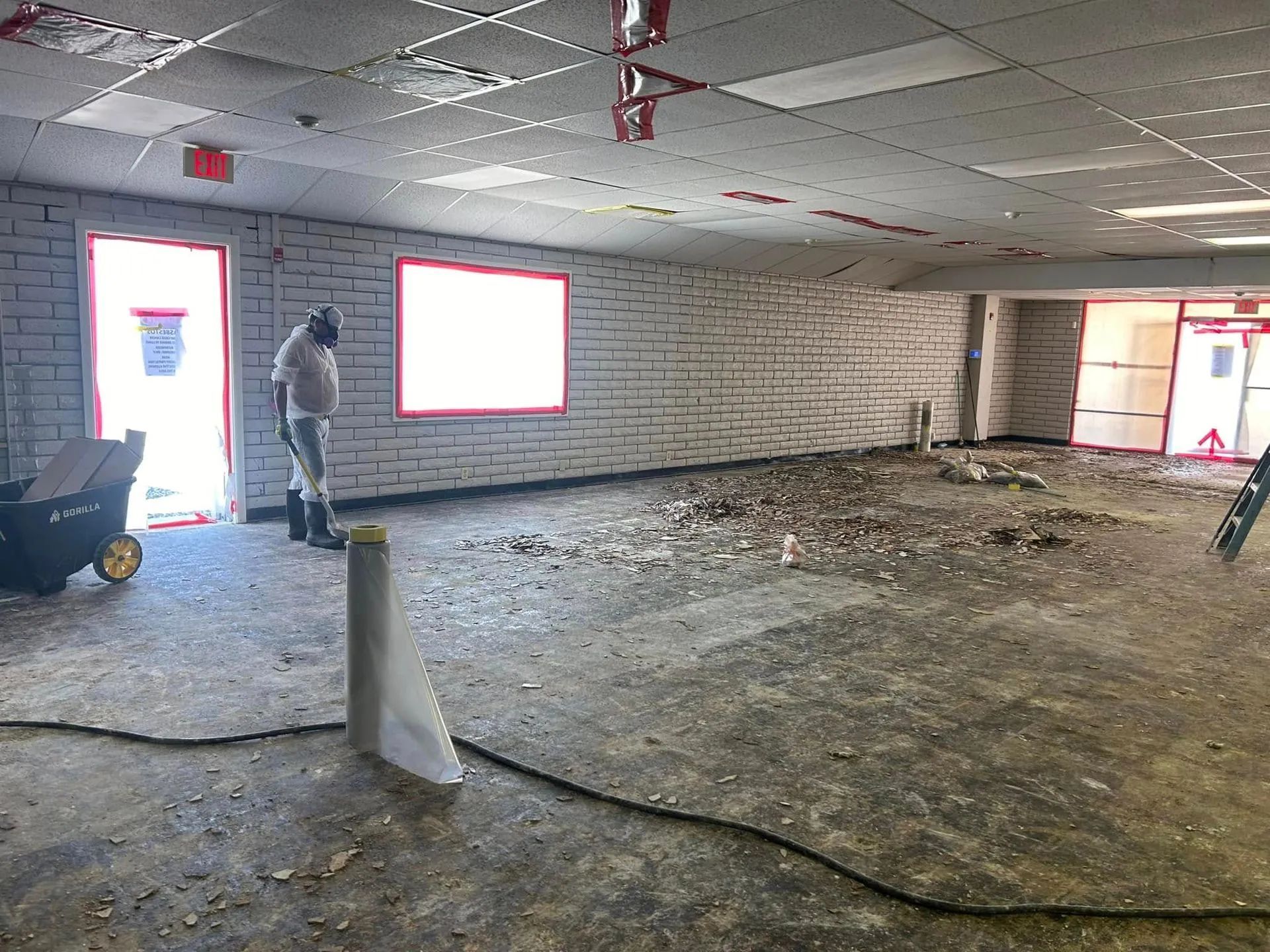Mold Remediation and Indoor Air Quality: Protecting Your Health Indoors
September 25, 2025

Indoor air quality plays a crucial role in maintaining a healthy living environment, yet many homeowners underestimate the risks associated with mold growth. Mold can develop in areas with excess moisture, such as basements, bathrooms, or areas affected by leaks, and can release spores into the air. These spores, when inhaled, may lead to respiratory issues, allergies, and other health problems.
Mold not only affects your health but can also damage walls, floors, and personal belongings if left untreated. High humidity, poor ventilation, and water damage are common factors that accelerate mold growth indoors. Many people overlook small signs of mold, such as a musty odor or slight discoloration, until it becomes a serious problem. Understanding how mold impacts indoor air quality is essential for both safety and comfort. Addressing mold promptly ensures a safer, cleaner indoor environment for you and your family, which is why mold remediation is a critical step in protecting your health indoors.
The Health Risks of Mold Exposure
Mold exposure can trigger a variety of health issues, ranging from mild allergic reactions to severe respiratory problems. Common symptoms include coughing, sneezing, nasal congestion, itchy eyes, and skin irritation. For individuals with asthma, compromised immune systems, or chronic respiratory conditions, mold exposure can exacerbate symptoms and increase the risk of infections. Understanding these risks underscores the importance of maintaining high indoor air quality through effective mold remediation.
Identifying Mold in Your Home
Mold is not always visible. It can grow behind walls, under floors, or in hidden areas, making it difficult to detect without a professional assessment. Signs of mold include a musty odor, discoloration on walls or ceilings, and persistent moisture problems. A professional mold remediation company can conduct thorough inspections to identify the presence and source of mold, ensuring that the problem is addressed at its root.
Effective Mold Remediation Strategies
Mold remediation involves several steps to ensure complete removal and prevention. Professionals first contain the affected area to prevent spores from spreading. Next, contaminated materials are removed, surfaces are cleaned and disinfected, and air filtration systems may be employed to capture airborne spores. Preventive measures, such as repairing leaks and controlling indoor humidity, are crucial to avoid mold recurrence. By addressing both visible and hidden mold, remediation experts restore a safe and healthy indoor environment.
The Link Between Mold Remediation and Indoor Air Quality
Proper mold remediation directly improves indoor air quality. Removing mold spores and addressing moisture issues reduces the risk of respiratory problems and enhances overall comfort. Homes with clean, mold-free air support better health, productivity, and peace of mind. Investing in professional remediation not only protects your health but also safeguards your property’s value by preventing structural damage caused by prolonged mold exposure.
Trust NM Abatement LLC for Safe and Effective Mold Remediation
Protecting your indoor air quality is essential for a healthy home environment, and NM Abatement LLC
in Albuquerque, New Mexico, has over 30
years of experience in asbestos abatement and related services, including mold remediation. Our trained professionals use industry-approved methods to identify, remove, and prevent mold growth, ensuring safe, clean air for your family. With decades of expertise, we are dedicated to maintaining indoor environments that are not only safe but also free from harmful contaminants. Choose us for reliable mold remediation services backed by decades of trusted experience.



